On the trail of wild animals
प्रकाशित: 13.04.2018
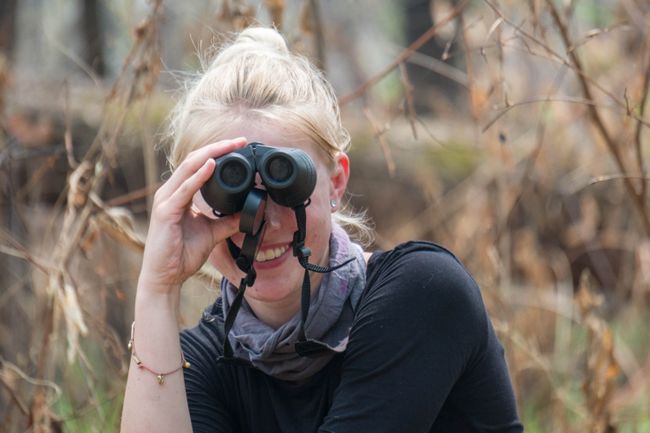

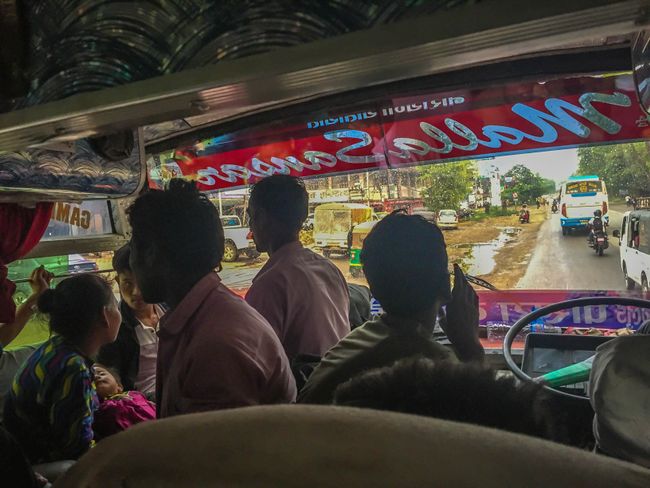
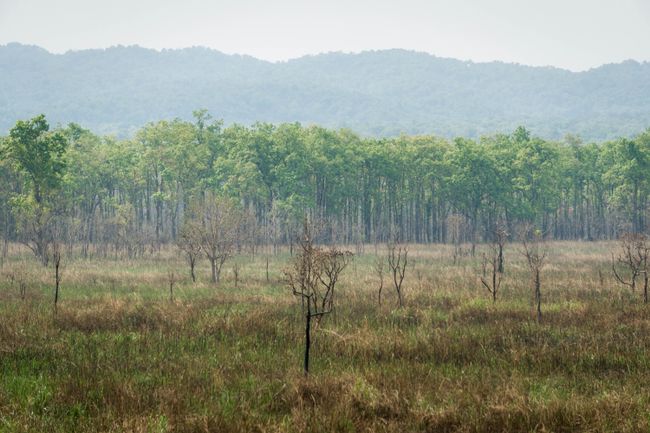
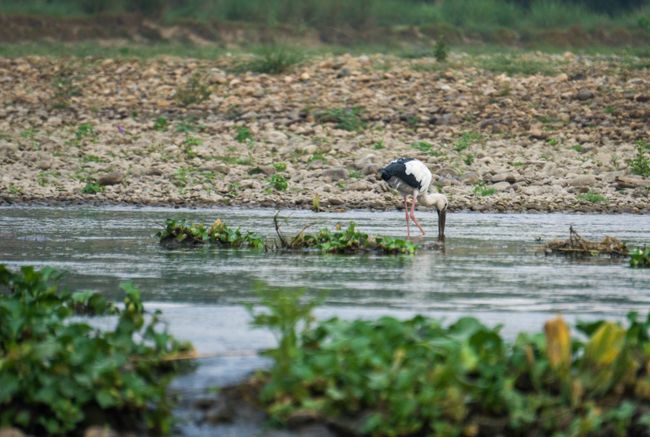
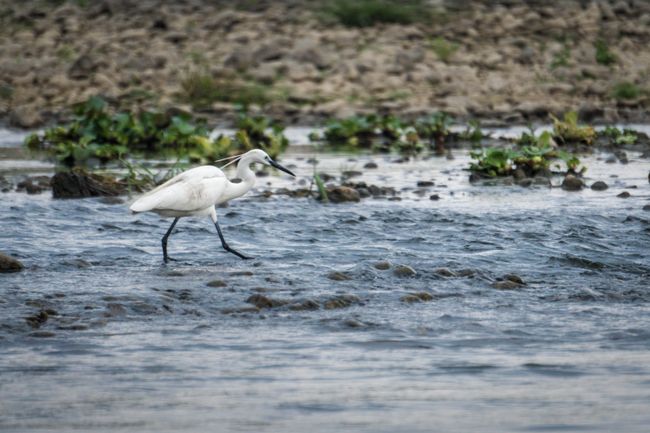
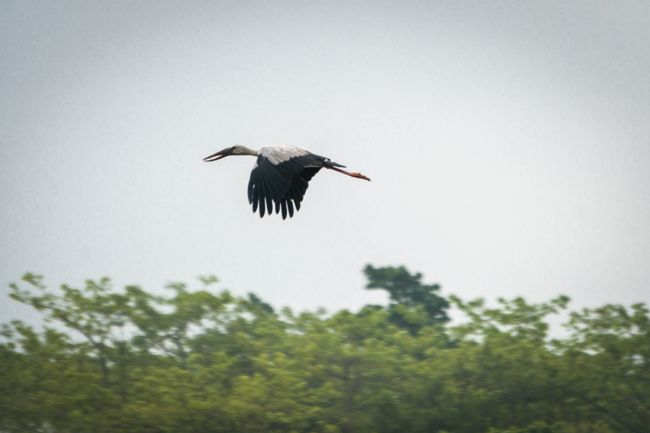
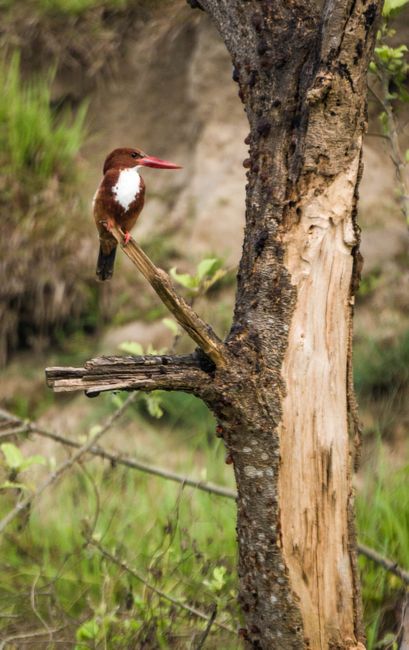
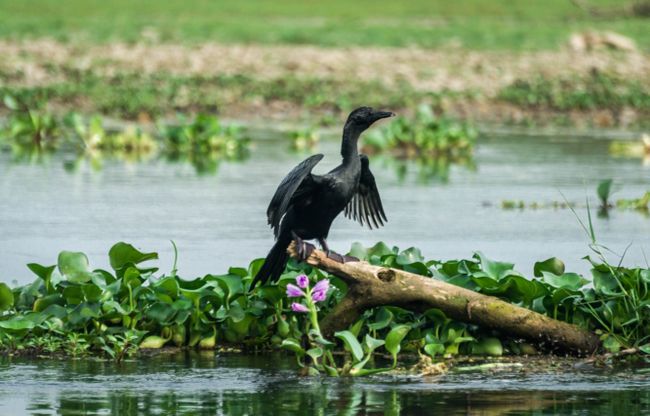
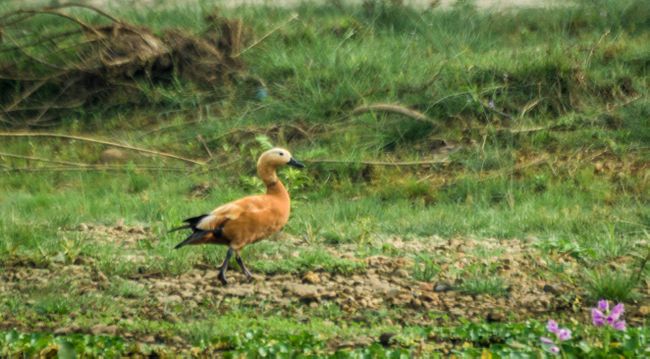
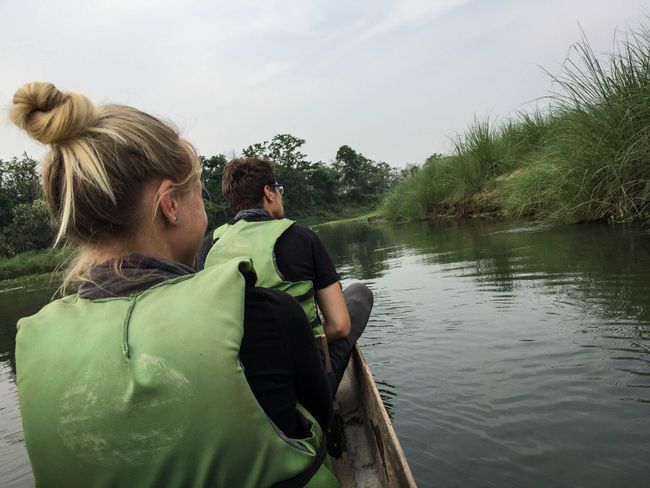
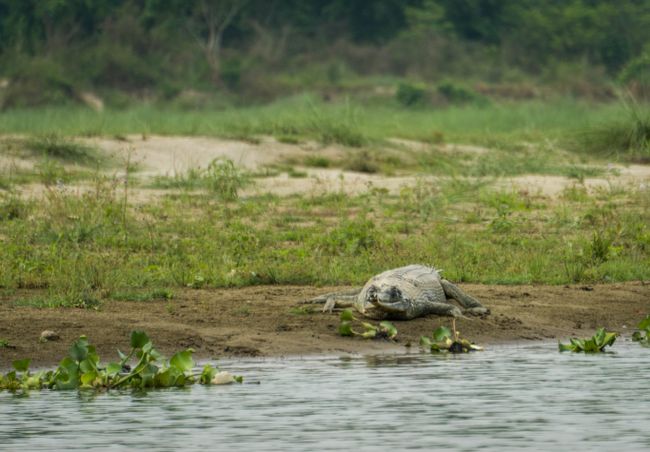
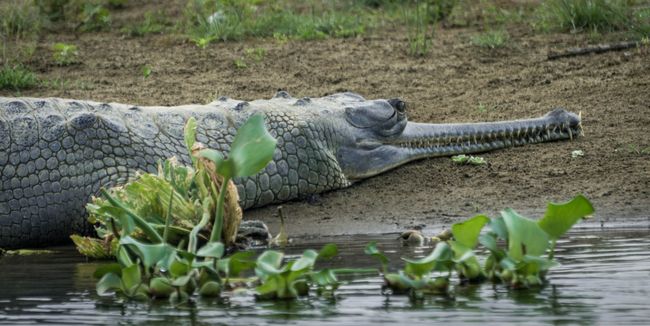
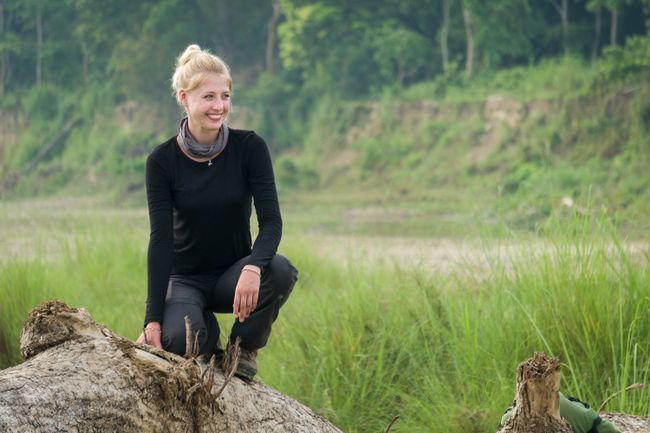
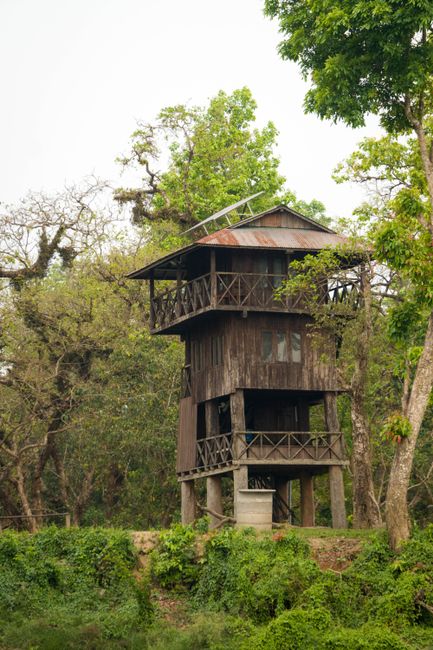
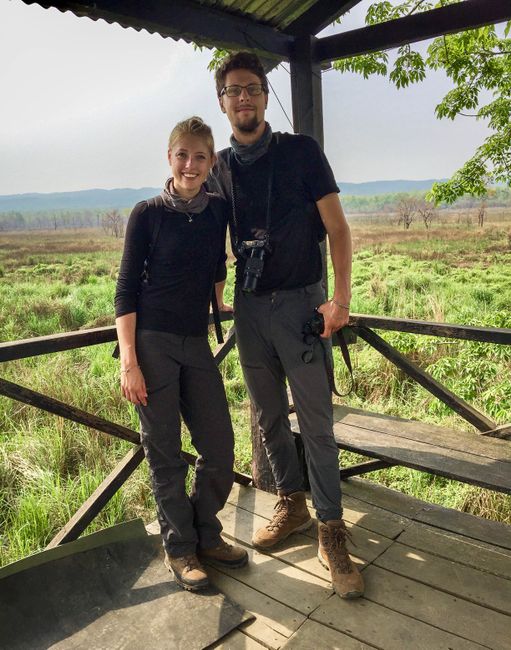
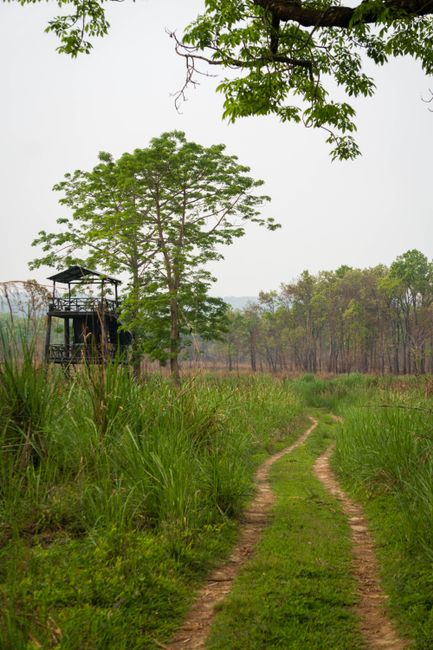

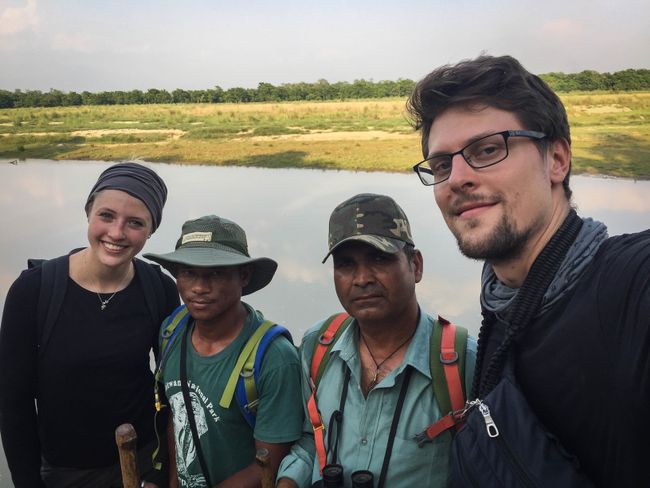
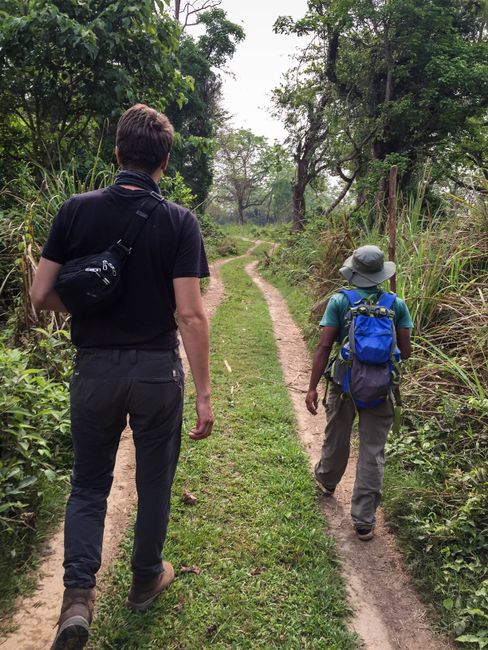
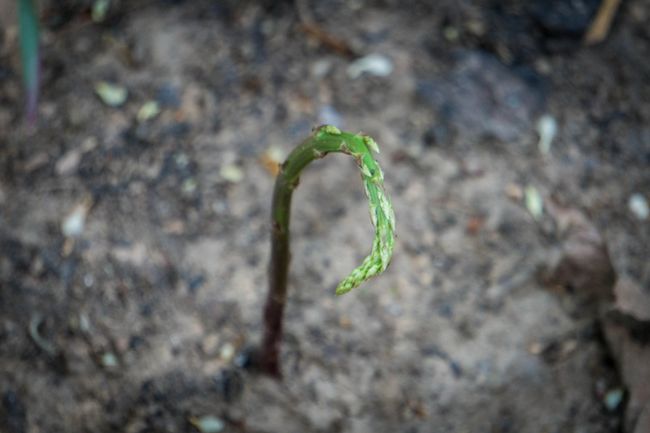
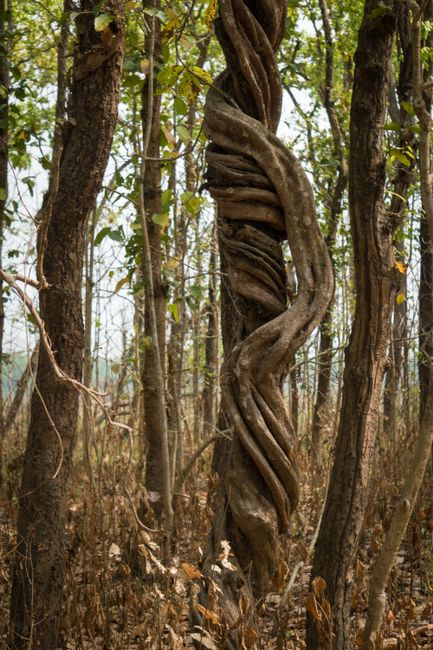
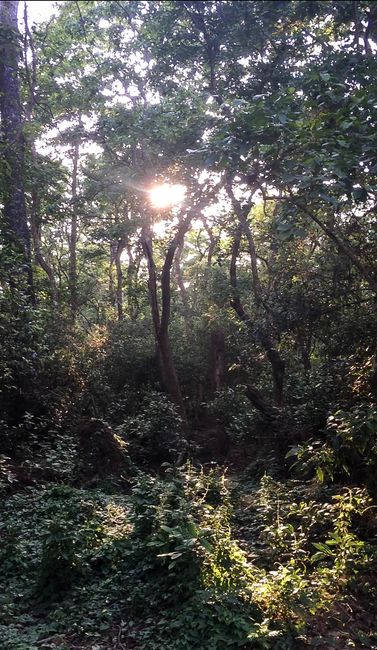
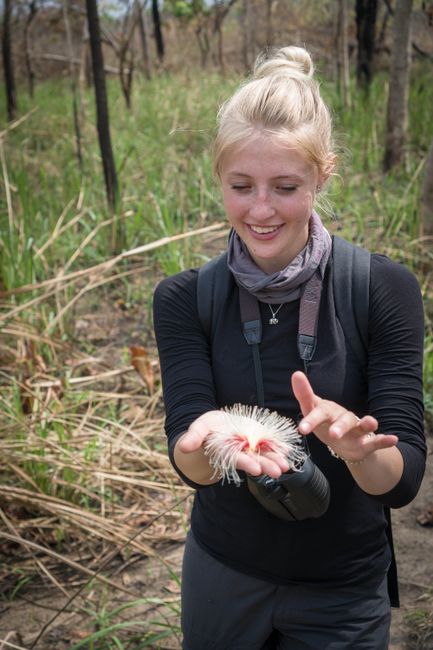
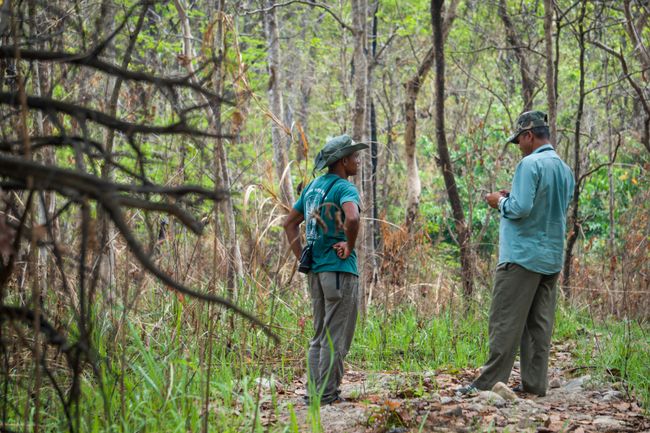
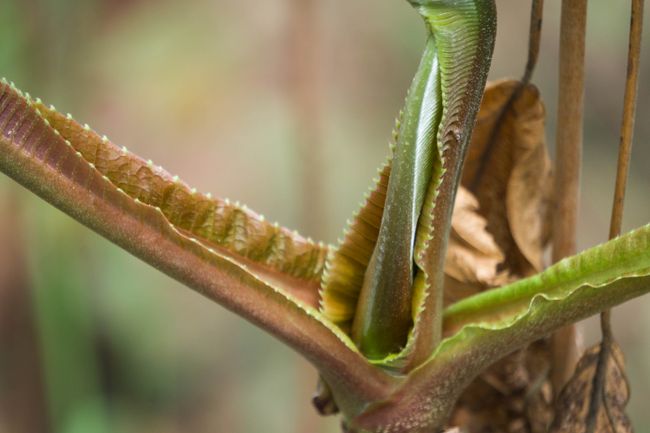
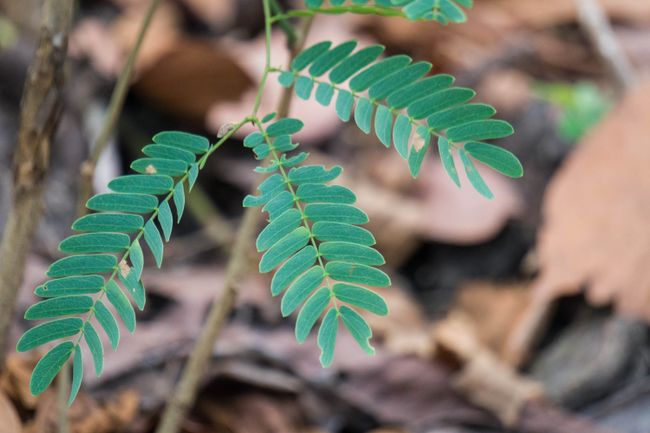
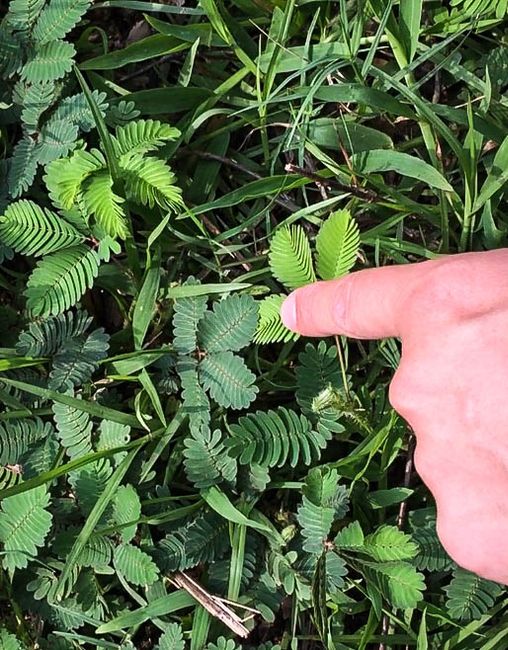
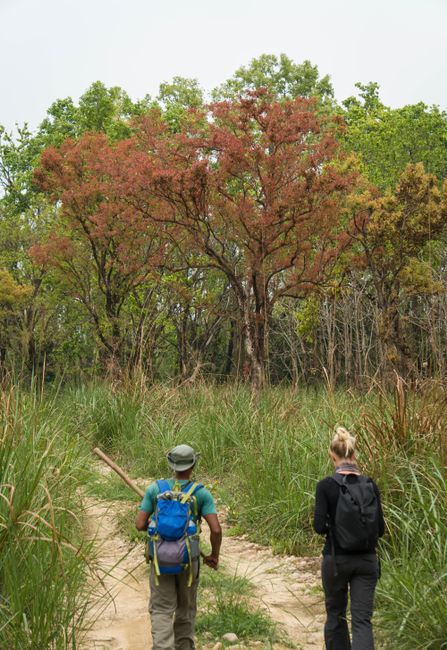
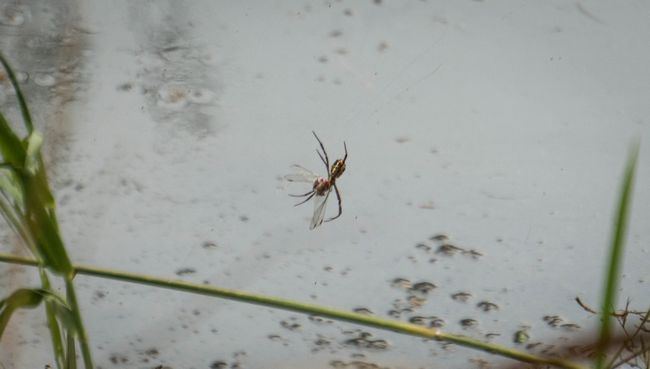
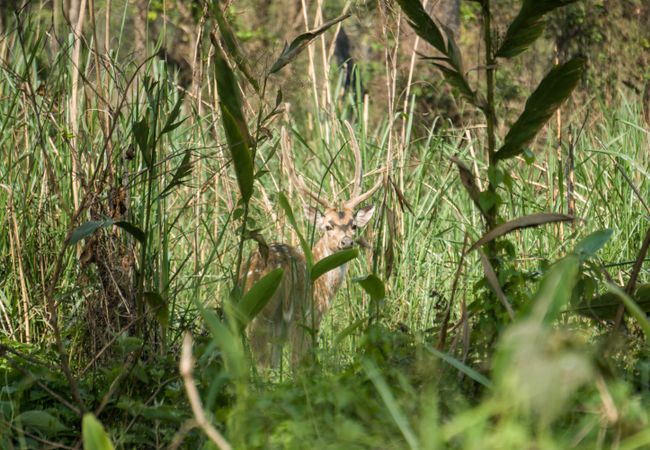
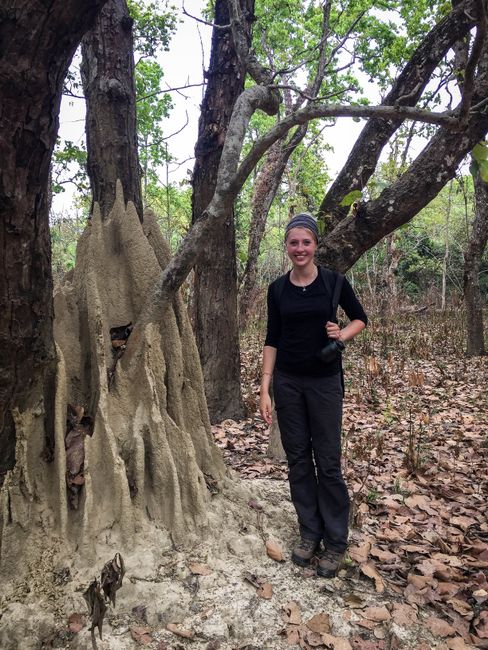
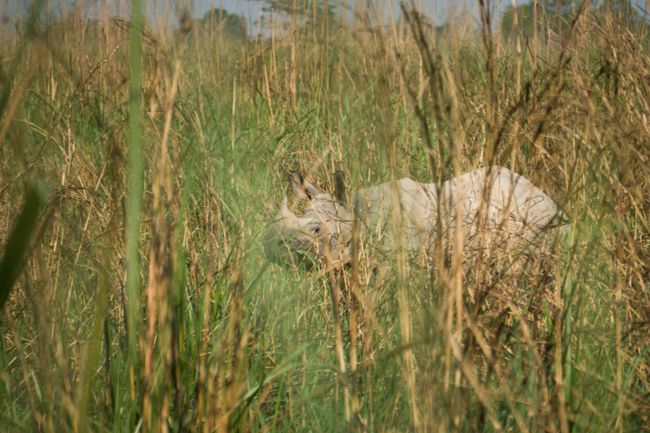
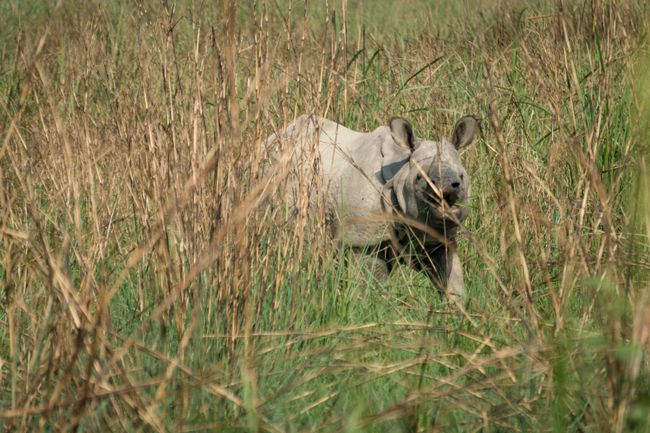
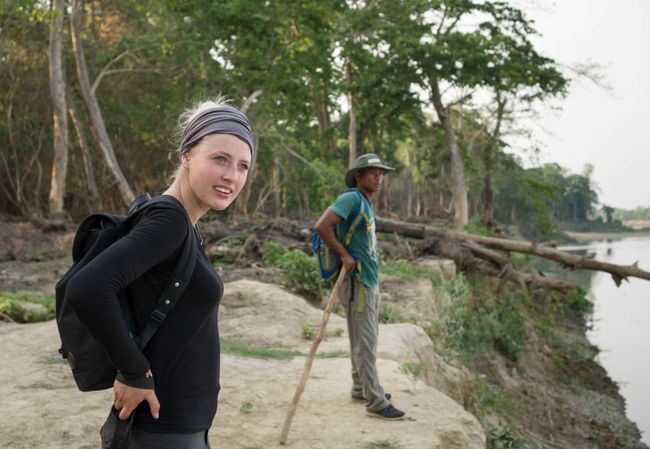
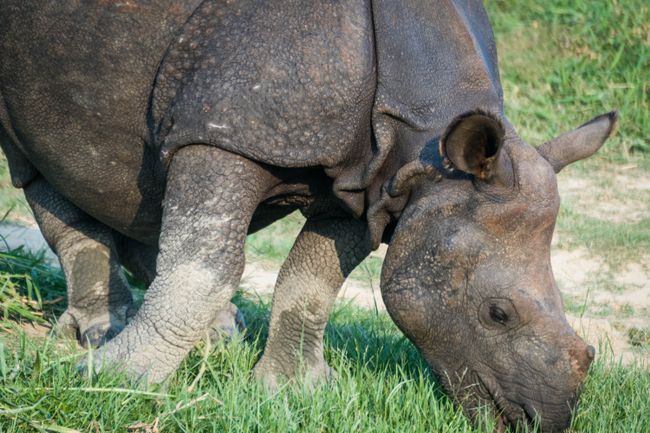
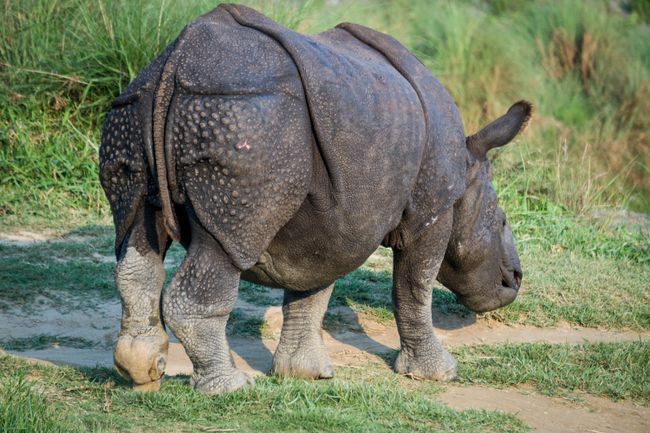
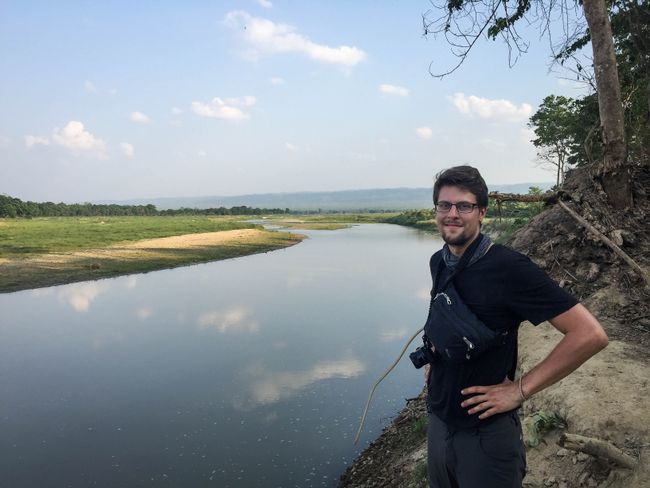
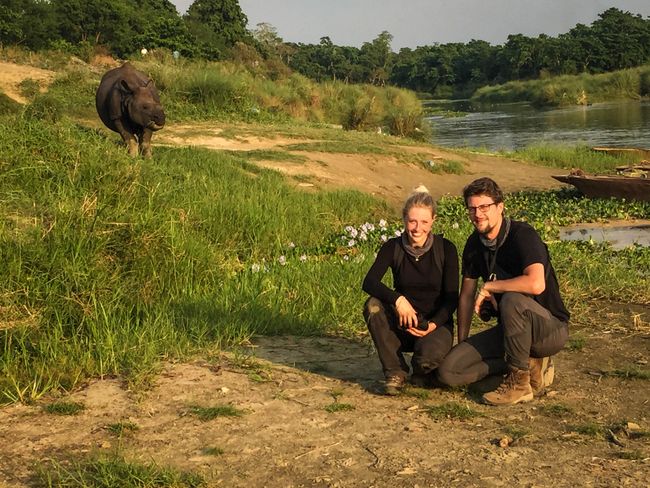
समाचार पत्रिका के लिए सदस्यता लें
Nepal - Pokhara - CHITWAN NAT. PARK - Kathmandu - Bhaktapur
To get to the jungle of Chitwan National Park, we ventured once again on a local bus. With a goat on the roof, we drove for eight hours through the mountains, of which we stood for two hours waiting for the road to reopen, which is currently under repair (it suffered great damage from the earthquake 2 years ago) and is temporarily closed. In the last half hour, we had to give up our seats for chicks and had to stand for part of the journey. 😅
Full of excitement and eagerness, we started early in the morning with two guides. First, we crossed the "Rapti River" on a tree trunk. There, we spotted endangered Cuvier's dwarf caimans, enjoying sunbathing. The special thing about these caimans is that they have narrow snouts and feed exclusively on fish. We also spotted many different bird species from the water, such as kingfishers, storks, cormorants, a kind of wild geese (lovebirds), parrots, marabous, and many more.
On the mainland, we received a brief instruction on how to behave if we encounter a wild animal. So if a rhinoceros ever attacks you, run in a zigzag pattern because they cannot see well, but they have a good sense of smell. This way, they cannot gain high speed while running, and you can also drop something for them to sniff (you can pick it up later). Already at the first lookout point, we saw a gray dot in the distance, which was a rhinoceros (Indian rhinoceros), which is also endangered. We got to see this much closer at the end of our tour with our friends. After a short time in the jungle, a magnificent bison passed by us. Our hiking tour led through dried-up, partially burnt areas, dry riverbeds, but also through small rivers and proper green jungle. We were accompanied the whole time by countless different insects, butterflies, and birds. We also saw langur monkeys, a large lizard, fallow deer, many termite mounds, and an impressive giant spider. There were also very interesting plants and flowers.
Like the last safari, this time too, we only saw tiger tracks and bear droppings, but no bear and no tiger. Too bad, but maybe also lucky because they are not completely harmless (as we learned from the stories of our provider after the safari), and we were only walking unarmed. In addition to tigers and bears, there are also wild elephants and many snakes in the jungle, but they only become active during the upcoming monsoon season.
It was a very exciting experience because you walk the whole time in a quiet pace, silently following each other. Led and concluded by a guide, with eyes wide open, wandering through the surroundings. Very exciting, but also exhausting.
We would do it again every time, even if it is expensive, but during the monsoon season, we will have to reconsider, as it will definitely become more dangerous.
समाचार पत्रिका के लिए सदस्यता लें
उत्तर (4)
egbboy1
Wird einem der Sitz einfach von ein paar Küken gestohlen :-D Emely
Jo, da ist uns das Gesicht auch eingeschlafen 😅 egbboy1 verrätst du uns auch mal deinen richtigen Namen? Wie überlegen schon die ganze Zeit wer es sein könnte 😁Dirk
Das sind wieder sehr schöne Bilder von Euch und von den Pflanzen und Tieren. Wie ist es, so nah an ein Nashorn heranzukommen? Auf jeden Fall bin ich mir sicher, dass sich der Aufwand lohnt, an so einer Tour teilzunehmen.Emely
Oh ja das tut es auf jeden Fall und würden wir auch jedem empfehlen, der diese Möglichkeit mal hat. Wie es ist an ein Nashorn so nah heran zu kommen: Wahnsinn, denn sie sind so groß und trolling zu gleich. Außerdem sind sie Wahnsinnig verfressen und mit fressen beschäftig, da kommt keine Angst auf. 😉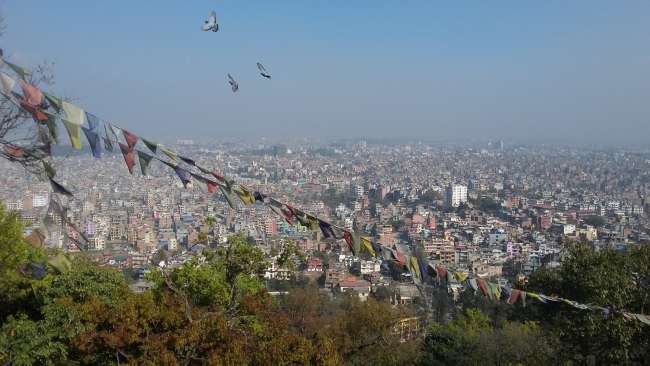
यात्रा रिपोर्ट नेपाल

